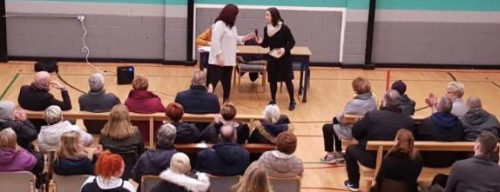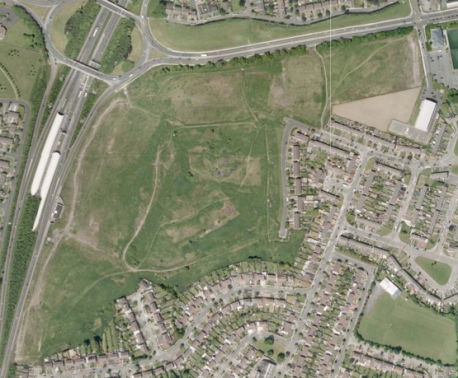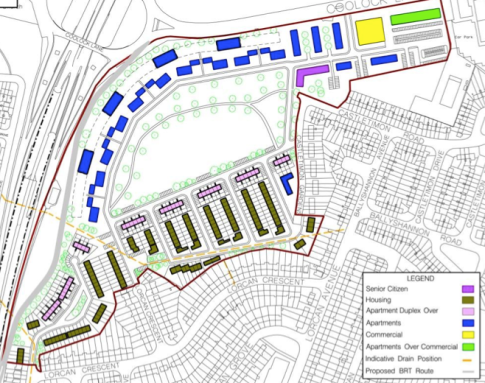
I was very conscious as I left last Monday’s Council meeting that it could be my last meeting as a Dublin City Councillor. Aside from those who have chosen not to run again, I think we all probably felt the same as none of us will know for sure where we will stand until all the votes in Friday’s election are counted.

I really love being a local councillor, working for and with local residents on either individual or community issues, working with local Council officials to resolve/progress issues, trying to change Council policy and ideology or just simply getting local people the information they need to get things done or push things themselves – local empowerment. Basically, it’s about improving our local communities and the way we do things so as to make a difference for the better.

From listening to local residents, not just during the last few weeks of this local election campaign but over the last five years, the above are priorities are what I will concentrate on if elected over the next five years.
If you’ve read my page entitled My Council Record you’ll get a feel for some of the core issues I’m passionate about. If you’re more into listening in the video below I describe some of the things our Labour Party Group has achieved over the last five years and some of the particular projects I’d like to progress with local communities within my area over the next five. These include a strong environmental agenda, the creation of Teen Spaces, extending Dublin Bikes Scheme out into our area so we can use this great public transport scheme to communt into the city centre and ensuring the Oscar Traynor Land site and other local sites are designed in a sustainable way.
If you have ideas to add to these or to better these please get in contact with me as together we can strive to improve and enhance the communities we live and work in.
If I am the type of person you would like to represent you and work with you for the next 5 years please consider me for your number one vote or highest preference on Friday 24th May.
Thank you!
























